The tattooing procedure has cropped up as another option for people experiencing hair loss, but what exactly is it and who is it good for? We asked some pros in the know for all the tea.
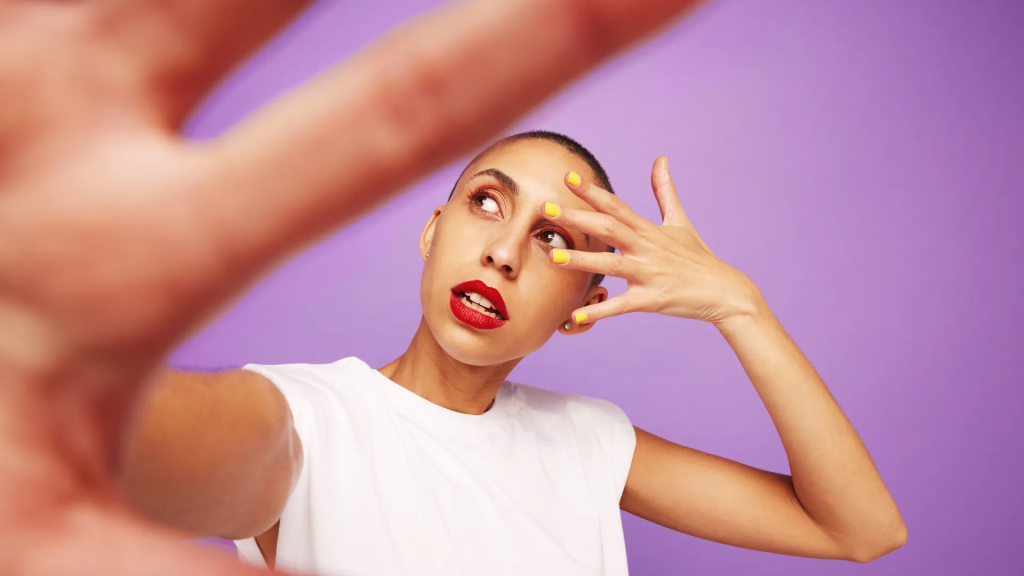
Scalp tattoos can do way more than just leave you with a skull-and-bones inking. For many people, a little ink on the scalp can camouflage hair loss when it’s done as part of a new-fangled procedure known as scalp micropigmentation (SMP).
You’ve probably heard of regular ol’ micropigmentation, a tattooing technique for drawing on freckles and transforming volume-starved brows into full-bodied arches. Well, that was just the beginning. Now, this procedure has traveled a few centimeters north to the scalp, with cosmetic artists inking on thousands of tiny dots to mimic hair follicles — and for good reason.
Some 30 million women in the United States suffer from hereditary hair loss, according to the American Academy of Dermatology. That figure doesn’t, however, include the millions struggling with thinning hair because of stress, menopause, and other factors.
Losing your hair can be terrifying and comes at a huge emotional cost. And even though there are plenty of options out there if your ponytail is skinnier than it once was — from over-the-counter topical products like minoxidil to in-clinic hair transplants and PRP – they’re often expensive and time-consuming. Crucially, they also won’t cause an immediate change in your hair’s appearance, which is what makes scalp micropigmentation so appealing for those bugged by thinning strands.
“The aim is to bring back confidence,” says Gisele Jara, an SMP practitioner at Los Angeles’s Studio Sashiko. “Scalp micropigmentation is also a great option when in-clinic treatments and hair transplants are financially out of reach or don’t work as well as expected.”
For this reason, it’s true that scalp micropigmentation was often marketed at folks with male pattern baldness who wanted to create the illusion of stubble and a buzzed haircut. However, more women are opting for the treatment now that it’s going mainstream, Gilbert, Arizona-based camouflage tattoo artist Jayd Hernandez tells Allure.
But what’s really involved and how invasive a treatment is it? We asked Jara, Hernandez, and a board-certified dermatologist for a breakdown of how scalp micropigmentation cheats fuller-looking hair.
What is scalp micropigmentation?
Scalp micropigmentation is a non-surgical cosmetic procedure that uses a pen-like tattoo machine to “create micro-dotted impressions on the scalp that mimic hair follicles,” Jara says. And yes, in case you were in any doubt, it’s permanent, so if you’re planning on getting this treatment, be as specific as possible about what you want.
Much of the confusion that surrounds scalp micropigmentation is caused by folks lumping it together with microblading, but they don’t actually do the same thing. “Microblading relies on small strokes, semi-permanent ink, and a blade that cuts into the skin – it’s totally different,” says Jara.
It’s also easy to get lost in the jargon around tattoos. “Essentially, we’re tattooing just like a body tattooist, except we’re strategically using smaller, finer needles to replicate the size of tiny hair follicles,” says Hernandez. \
A needle for this procedure only penetrates 1.5 to 2 millimeters into the top layer of the dermis. “This is the sweet spot for scalp micropigmentation,” says Jara. “If the needle only hits the surface layer of skin, cell turnover causes the pigment to quickly fade. Go too deep into the subcutaneous layer and the pigment loses its shape and spreads out, staining the scalp with round blotches.”
Overall, scalp micropigmentation can be useful for someone seeking a purely cosmetic improvement for hair loss, says Michelle Henry, MD, a New York City-based board-certified dermatologist who also specializes in hair restoration. “But it’s important to understand that it doesn’t cause hair to regrow,” she says, adding that scalp micropigmentation won’t damage the hair follicle either. “If someone has a tattoo on their arm, it doesn’t become an alopecia area, so the procedure shouldn’t inhibit hair growth.”
Who is a good candidate for scalp micropigmentation?
Those dealing with hair thinning, alopecia, and visible scalp scarring from hair transplants or surgeries will benefit most from scalp micropigmentation. “A main area of concern for men is the hairline and crown,” Jara says. “For women, it’s usually the temples and the spot where they consistently part their hair.”
If you have an underlying skin condition though, proceed with caution. “The type of patient who may want to speak to their dermatologist first has a lot of keloid scarring and gets what we call a ‘spontaneous keloid’ from something as tiny as an acne scar,” notes Dr. Henry. There are also possible risks for those with active eczema or psoriasis, she says, since they have a tendency to flare up in areas of trauma.
Does scalp micropigmentation work if you already have hair?
The short answer is definitely. There is a range of options depending on the pattern of hair loss. Those with a thinning head of hair can have follicles tattooed onto areas where there is still hair growth to create the appearance of lush volume (also known as “Hair Density Scalp Micropigmentation”).
Practitioners can also just zero in on the hairline and improve how strands frame the face, says Jara. “Alternatively, a complete shave may be needed for the dots to look natural and blend seamlessly with the rest of the hair,” she adds.
What is the process?
The week leading up to a micropigmentation appointment should be set aside for turning your scalp into a smooth-as-possible base. Jara recommends moisturizing and discontinuing use of topical hair products (medicated and non-medicated). Furthermore, she says, don’t drink alcohol, which thins your blood, the day before or after your appointment.
Dr. Henry echoes this advice but also warns against using exfoliating products. “You don’t need aggressive scalp scrubs or any treatments that might cause inflammation, including those with retinol or alpha hydroxy acids,”
Once in the chair, be prepared to sit still for a while. “Depending on the size of the area being worked on, each session can take anywhere from one to five hours,” Jara explains. For the most dramatic results, two to three sessions are usually needed.
The first plays out like this: the SMP artist matches the ink to the color of your existing follicles and skin tone. “In the initial session, we typically use a lighter shade and tattoo with enough space in between each impression in order to see how the scalp ultimately heals,” says Jara. Then a pen-style tattoo machine embeds the ink into the scalp. Hernandez swears that it’s relatively painless.
“Everyone’s pain tolerance is different, but I’ve had clients fall asleep during their entire procedure,” she says. “It’s really more of a scratching sensation than a painful one but areas such as the temples are known to be more sensitive.” There shouldn’t be any excessive bleeding involved during the procedure, but redness is normal. “We’re depositing such tiny amounts of pigment into the scalp that any bleeding could push it out again,” explains Hernandez.
During the follow-up sessions, practitioners perfect the look by filling in more detail and going one or two shades darker if necessary to create the appearance of three-dimensional hairs. There’s also a healing time of 10 to 14 days in between each one to prevent ink migration and over saturation, says Jara.
What about aftercare?
Following scalp micropigmentation, there’s no required downtime. “Your scalp will feel tender for the first week but after that, you’re basically back to normal,” says Dr. Henry. During this time, you’ll need to forego washing your hair and scalp to let the color settle. “Also avoid any activities such as exercise or saunas that cause your body to overheat and metabolize the ink particles before they solidify in the scalp,” says Hernandez.
While any redness will subside after the first two days, expect to experience some scabbing by day three. Both Dr. Henry and Jara recommend using a petrolatum-based moisturizer such as Aquaphor or Vaseline twice a day. “These help to keep the area well hydrated and prevent new scabs from forming, thereby speeding up the healing process,” says Dr. Henry.
As for salves, Hernandez likes the all-natural Membrane Post-Care MicroBalm, which she says “is great for post-procedure inflammation and ink retention.”
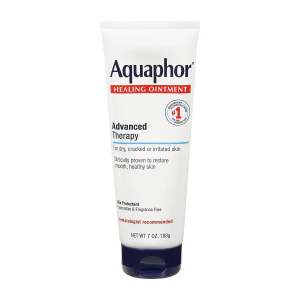
Aquaphor Healing Ointment
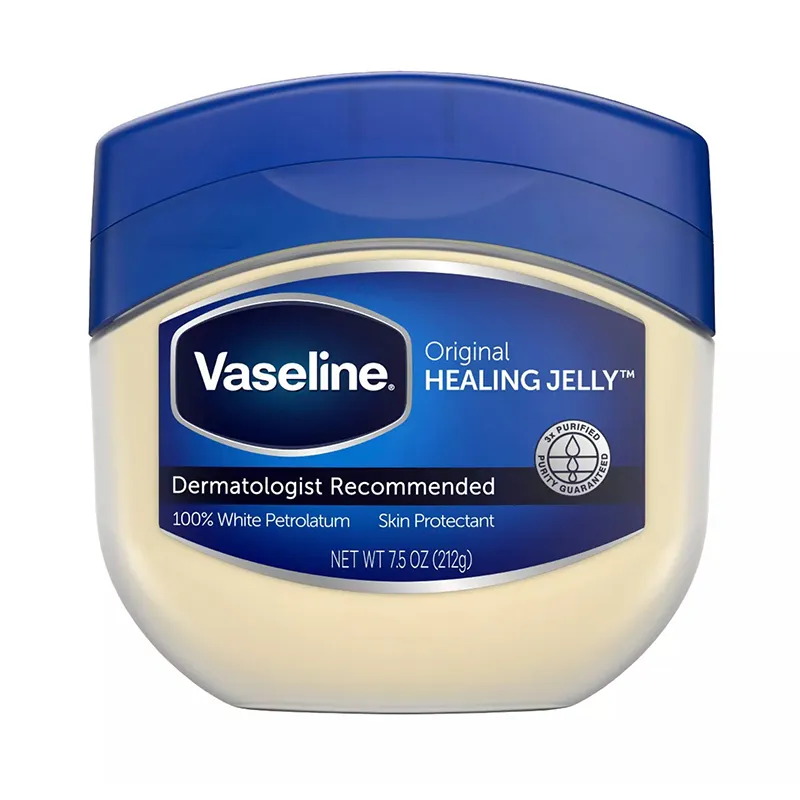
Vaseline Original Petroleum Jelly
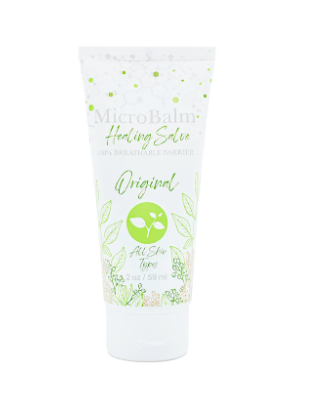
Membrane Post Care Micro Balm
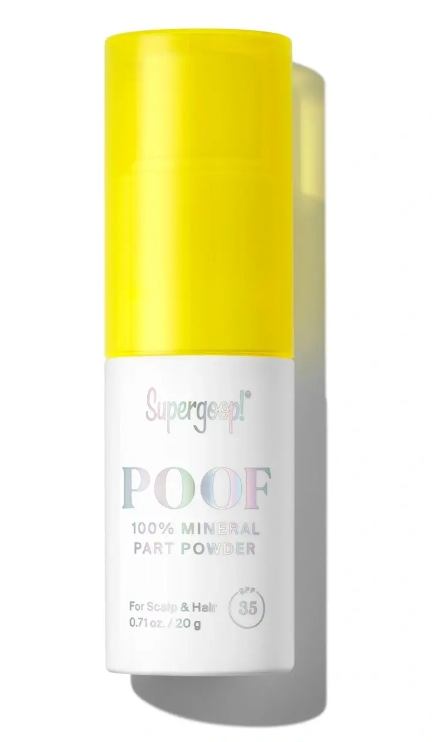
Supergoop Poof 100 Mineral Part Powder
When it comes to upkeep, it’s vital to apply broad-spectrum sunscreen when you go outside to protect the scalp. Dr. Henry is a fan of Supergoop’s Poof 100% Mineral Part Powder SPF35, which is a bit like dry shampoo but with UV protection, and Neutrogena Invisible Daily Defense Face Serum SPF60+ because “a serum is easy to apply to the scalp and won’t leave a greasy residue,” she adds. For the same reasons, Jara prefers a spray-on such as EltaMD UV Aero Broad-Spectrum Sunscreen SPF45 as it’s “convenient for those with long hair who’ve had density treatment.”
The results can last between four to eight years with touch-ups in between. Tattoos fade as a result of sun exposure and skin aging but also “macrophage cells from the immune system remove pigment over time,” Dr. Henry says. “In fact, when we clear tattoos we use a laser to fragment the ink and make it easier for the macrophage cells to gobble it up,” she adds.
While each dot won’t fade away completely, they can get extremely light. “This isn’t necessarily a bad thing as hairlines change with age and a fresh layer of micropigmentation can actually add more dimension to the dots, making them look more realistic,” says Hernandez.
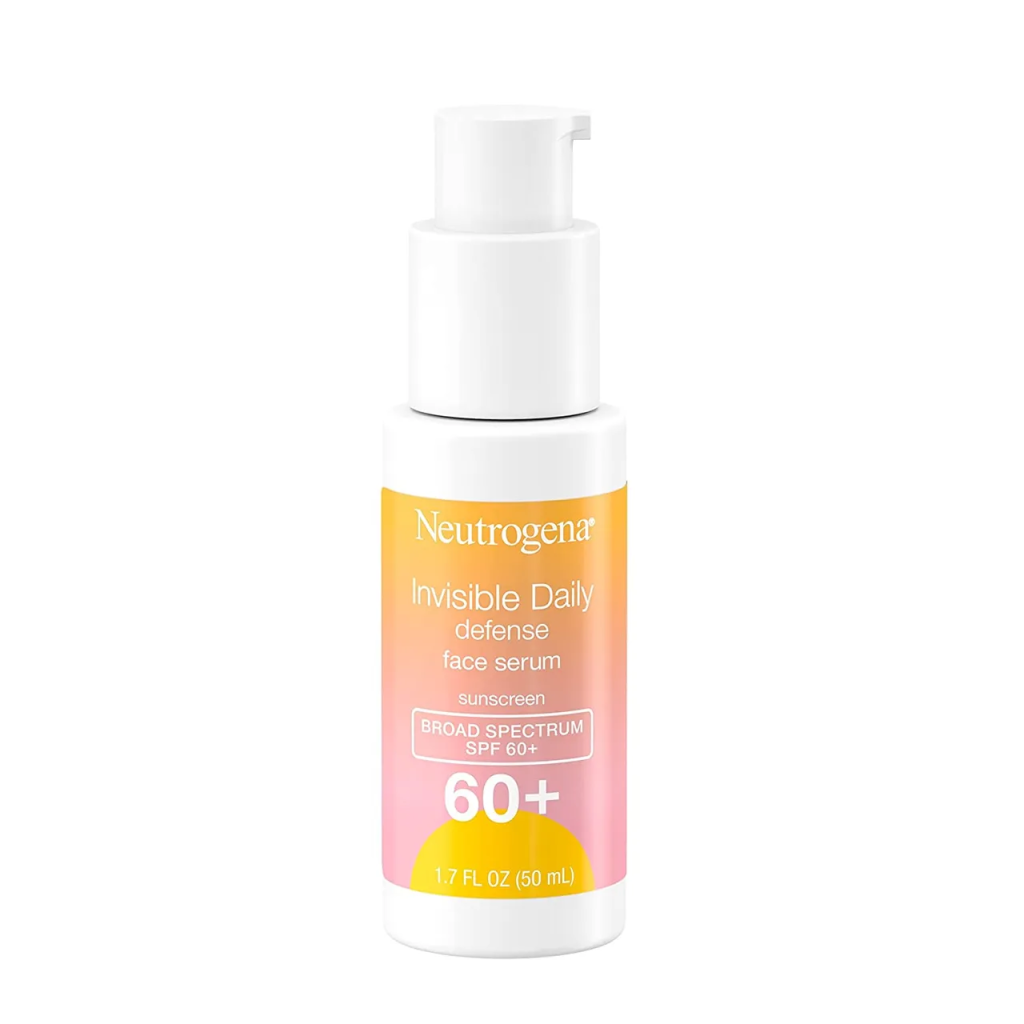
Neutrogena Invisible Daily Defense Face Serum SPF60+
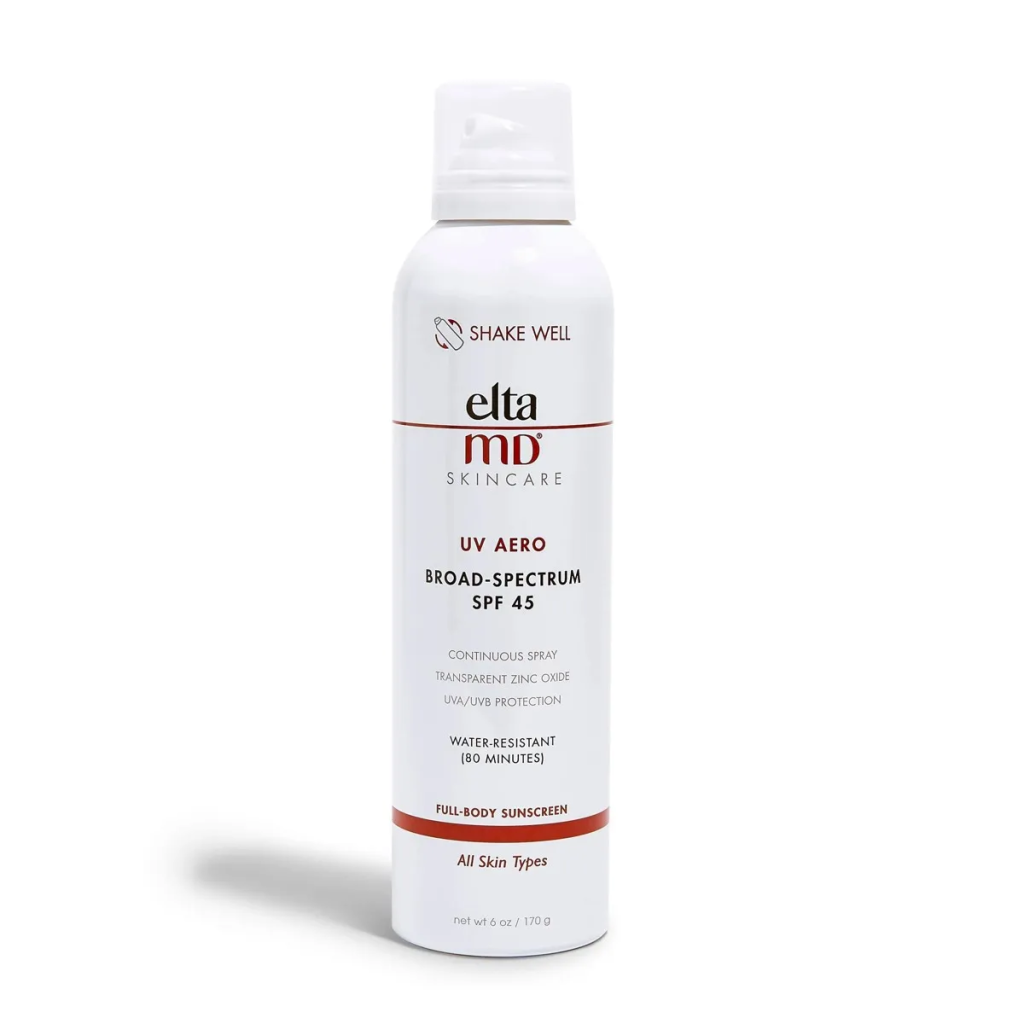
EltaMD UV Aero Broad-Spectrum SPF 45
But is scalp micropigmentation safe?
The risks are similar to getting a tattoo anywhere on your body. Since dermatologists don’t usually perform scalp micropigmentation, it’s important to choose a qualified cosmetic artist. “It’s safe when done with a licensed practitioner – for example, someone registered with the American Academy of Micropigmentation,” says Dr. Henry. “They should hold a body artist license by the county and a current bloodborne pathogens certificate.”
However, before you dive into scalp micropigmentation, Dr. Henry suggests first getting a proper diagnosis for your hair loss, “so you’re not using it as a Band-Aid, while not treating the hair loss itself,” she adds.
From there, you can combine the procedure with topical scalp treatments and oral medications like finasteride. “Many standard hair loss treatments are absolutely safe to use alongside scalp micropigmentation, but you’ll want to make sure they don’t compete.”
How much does scalp micropigmentation cost?
Scalp micropigmentation isn’t a one-size-fits-all procedure and the pricing reflects that. Expect to pay between $800 to $5,000, depending on the size of the area.
If this treatment sounds like it’s for you, gather your coins, bookmark this page, and godspeed on your hair restoration journey.